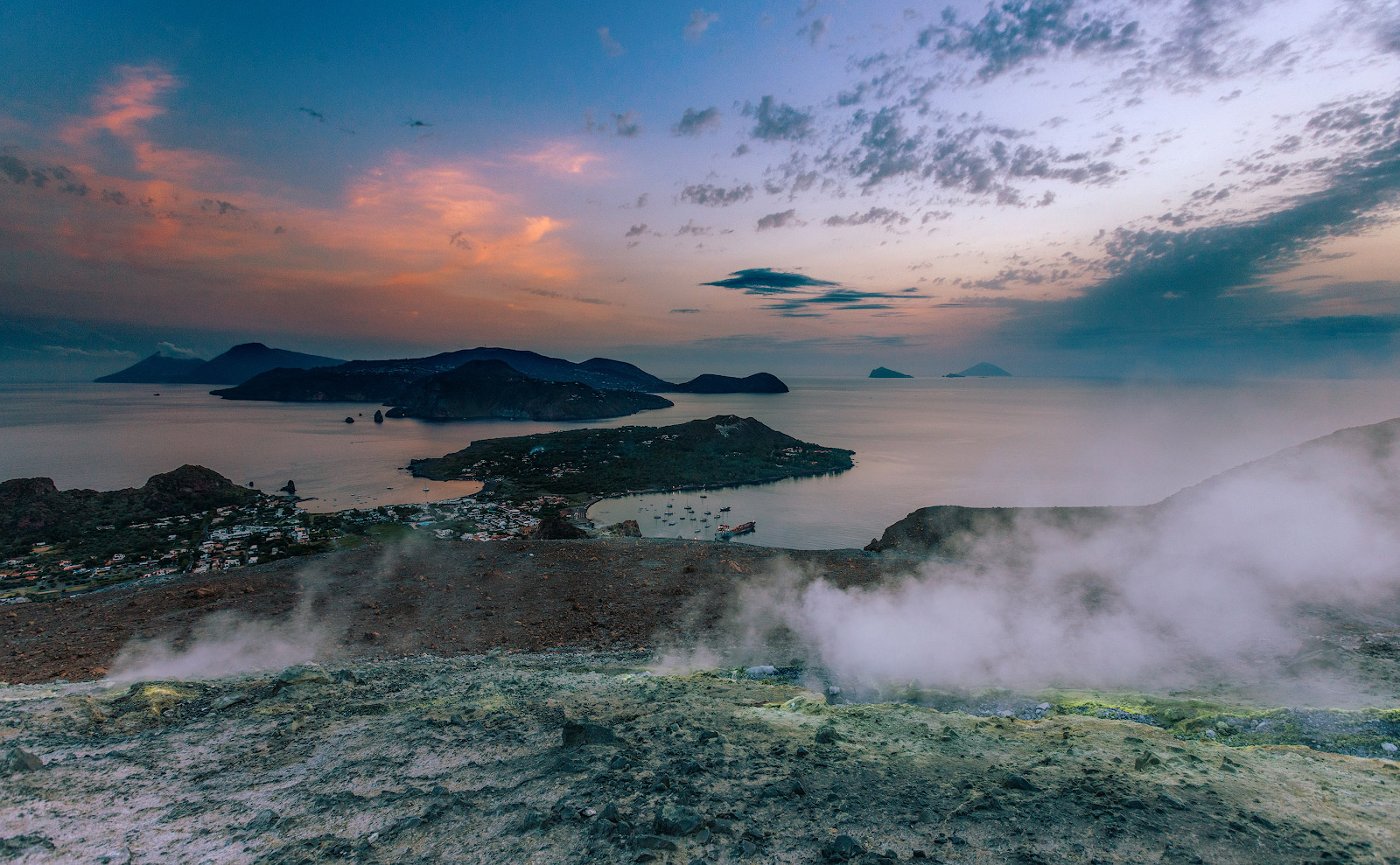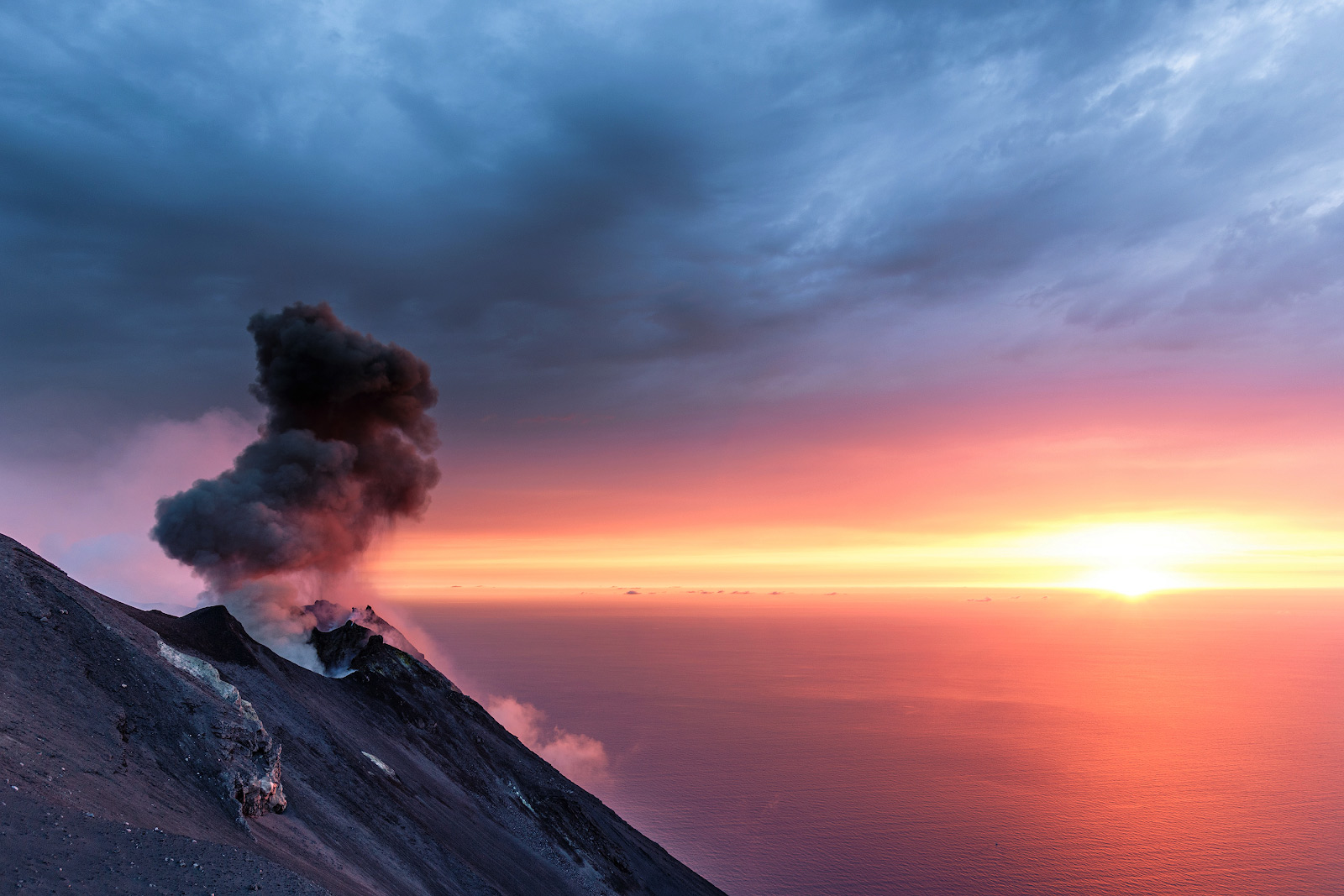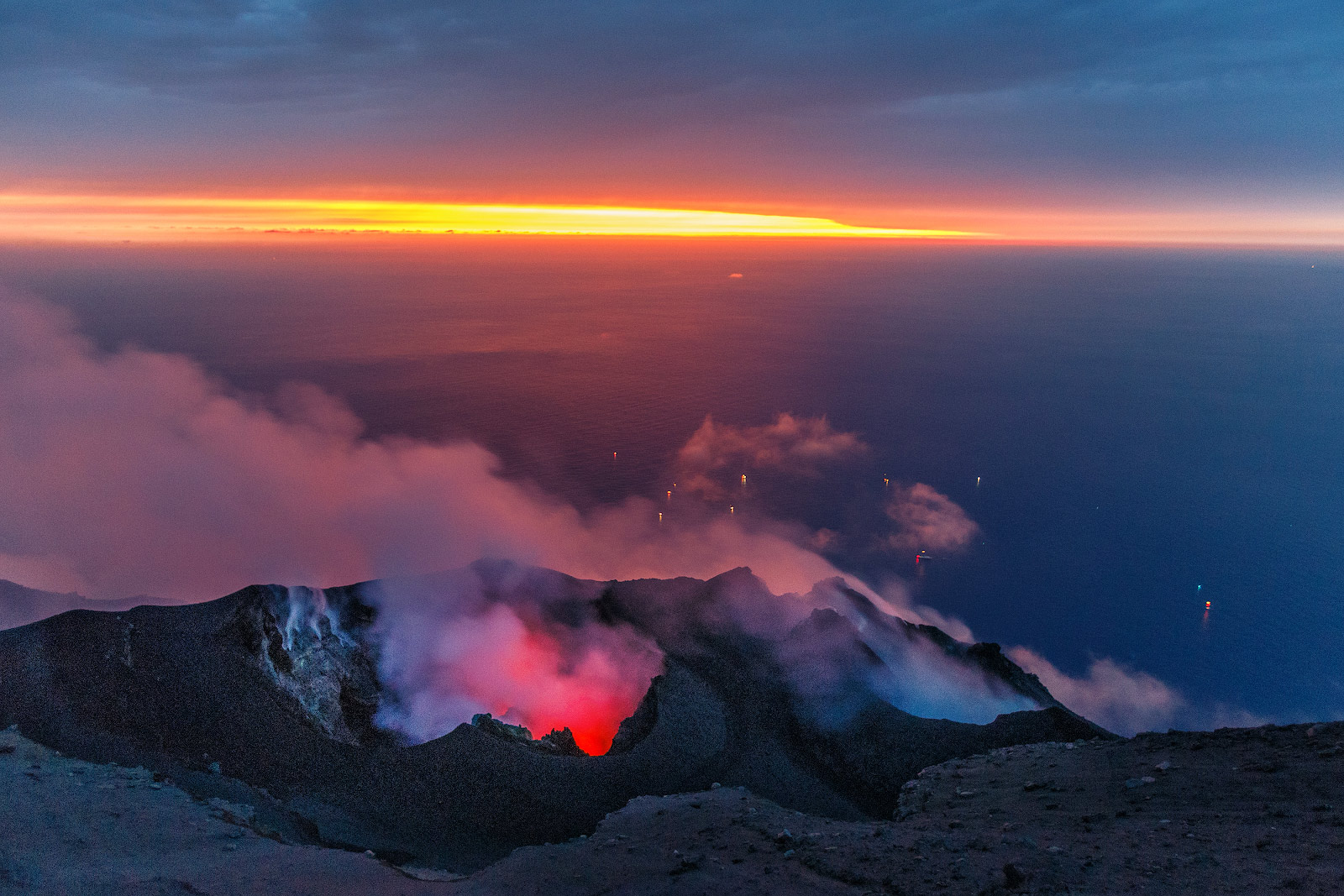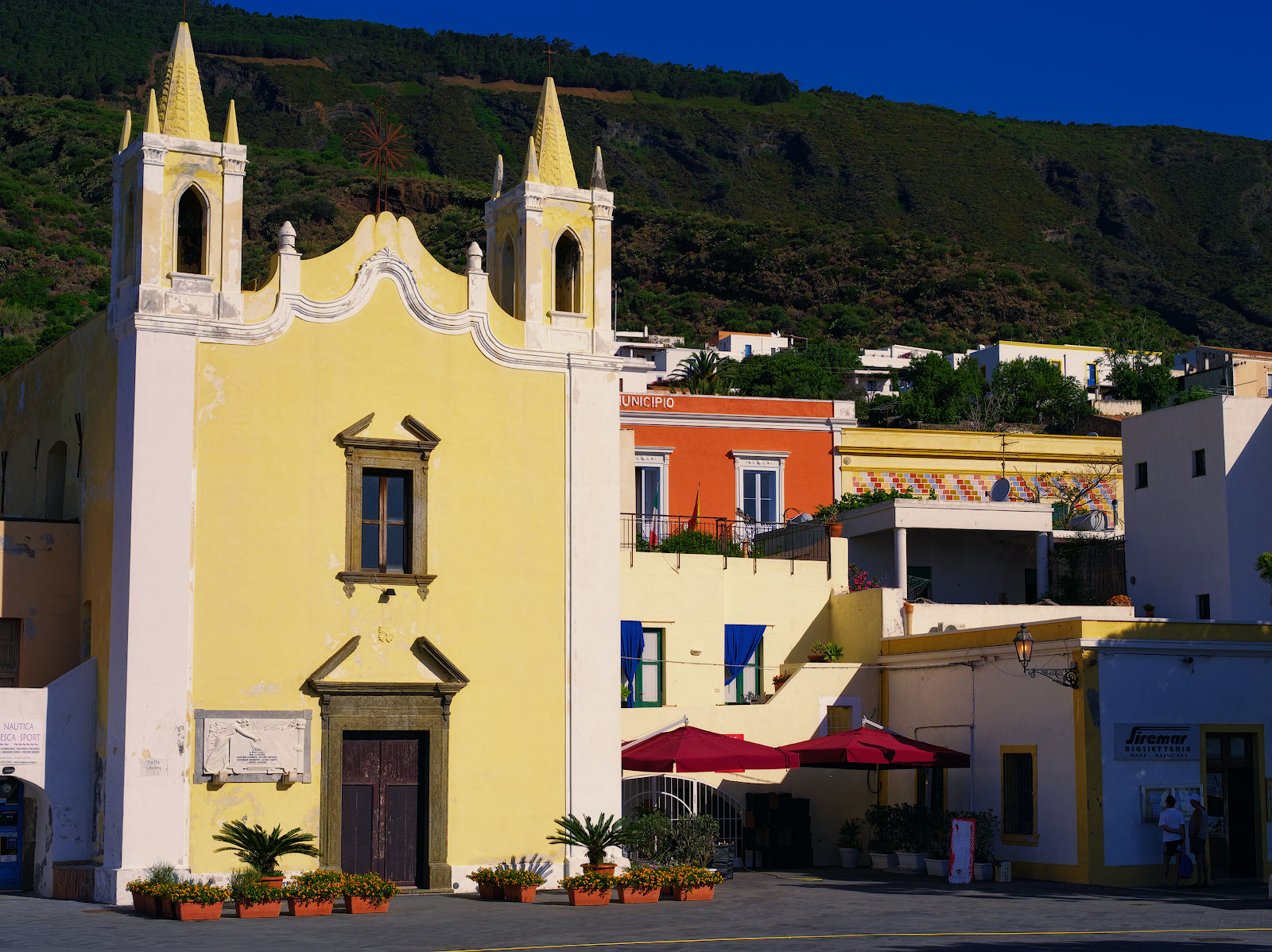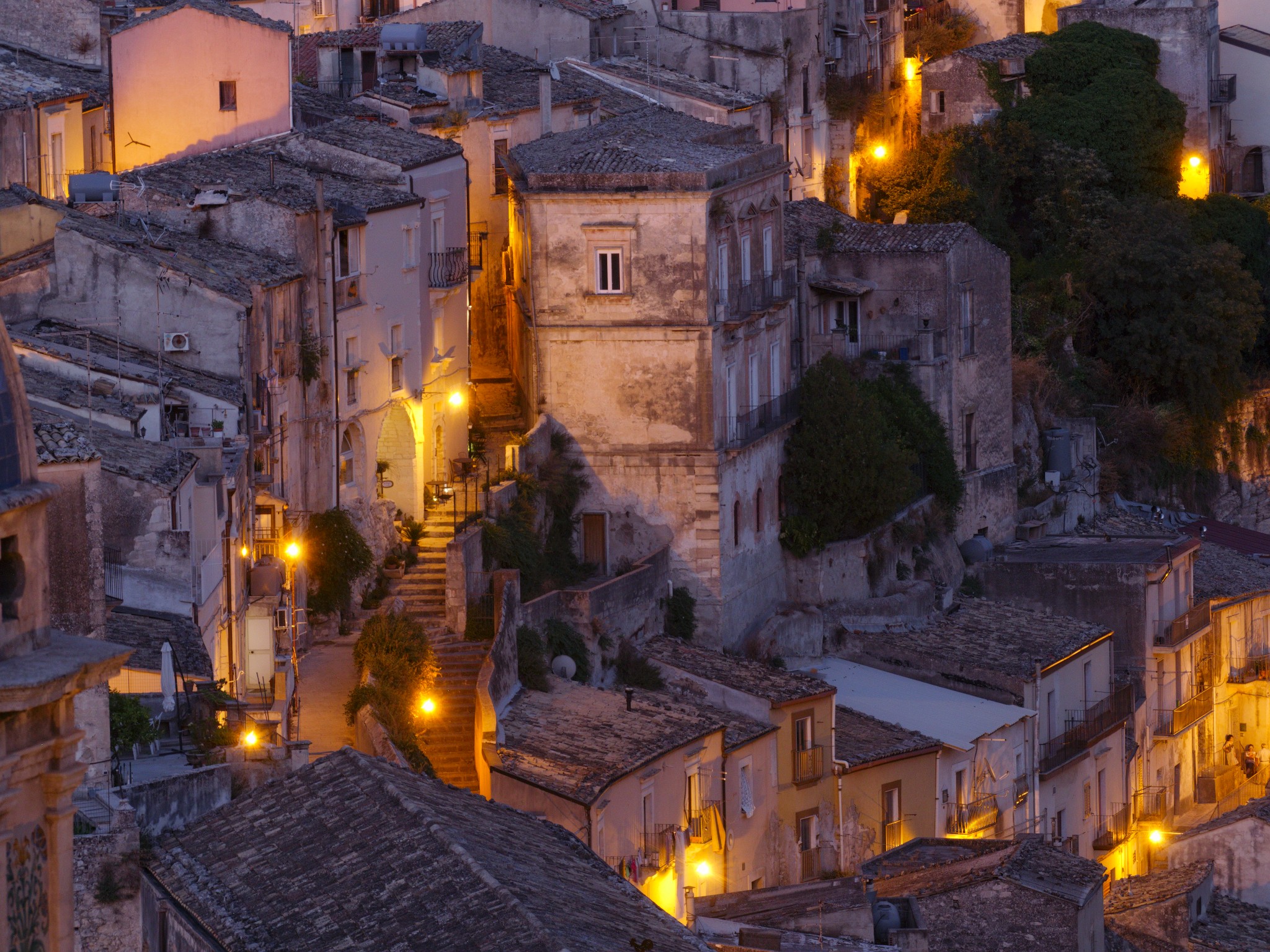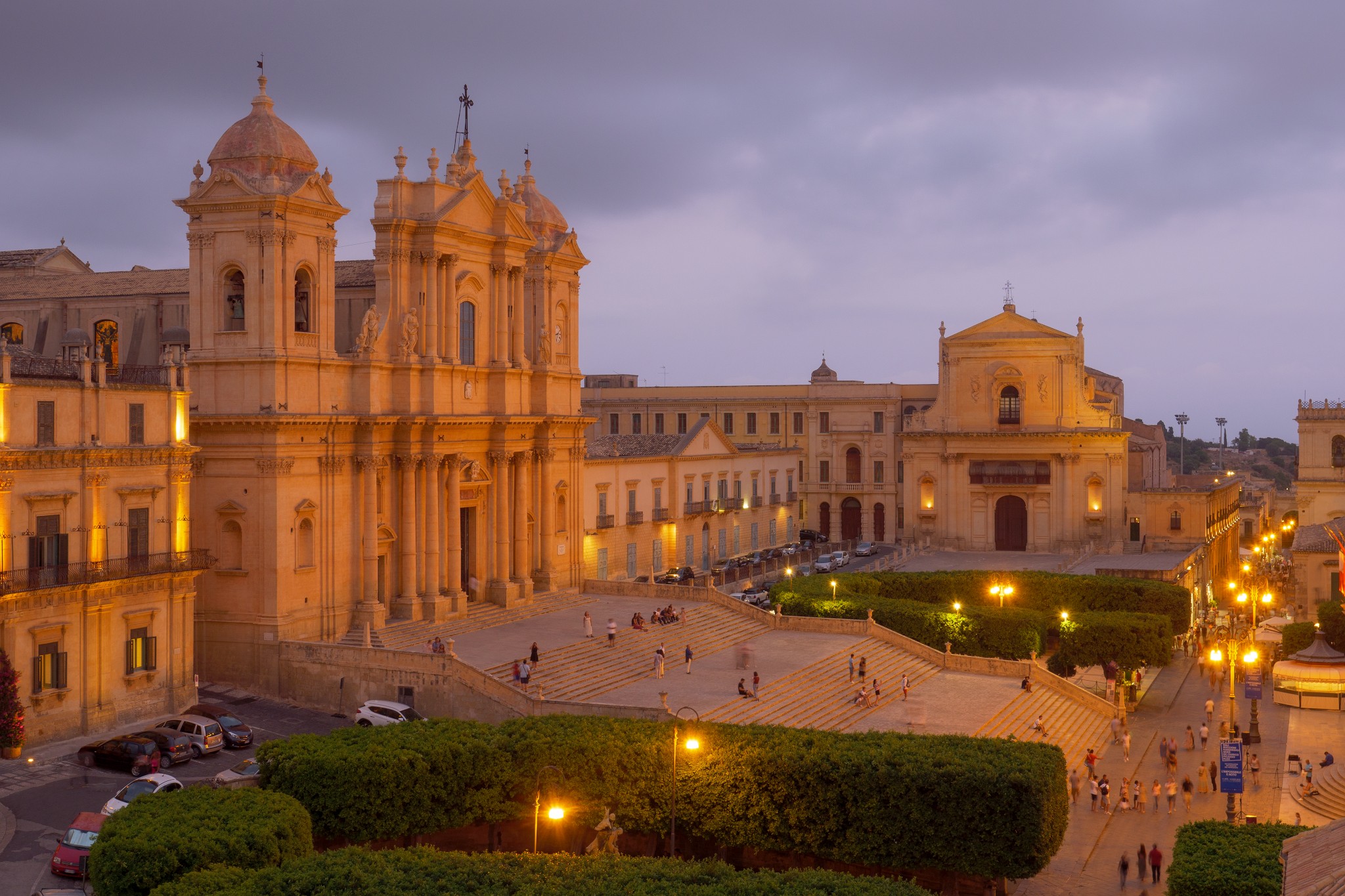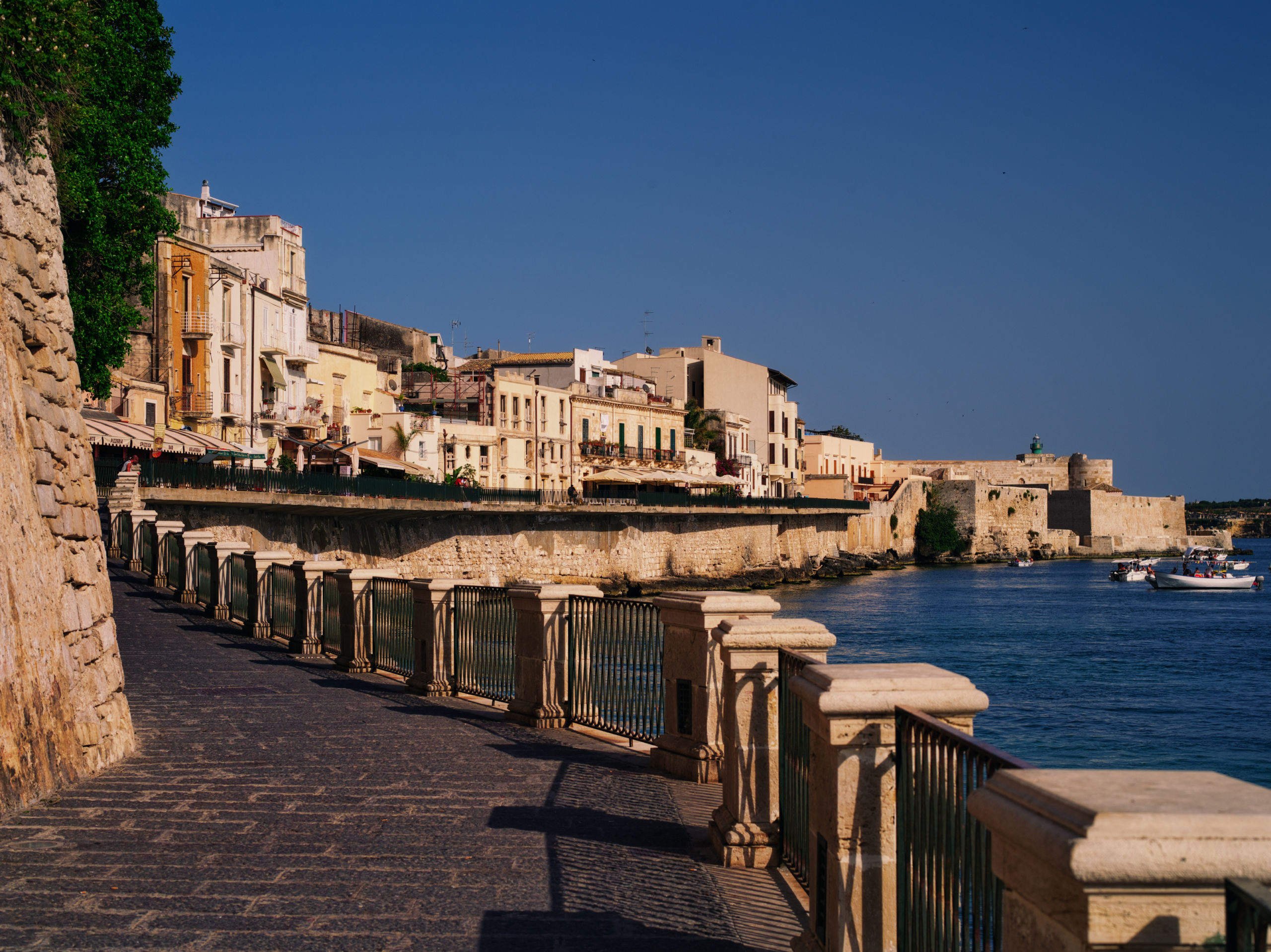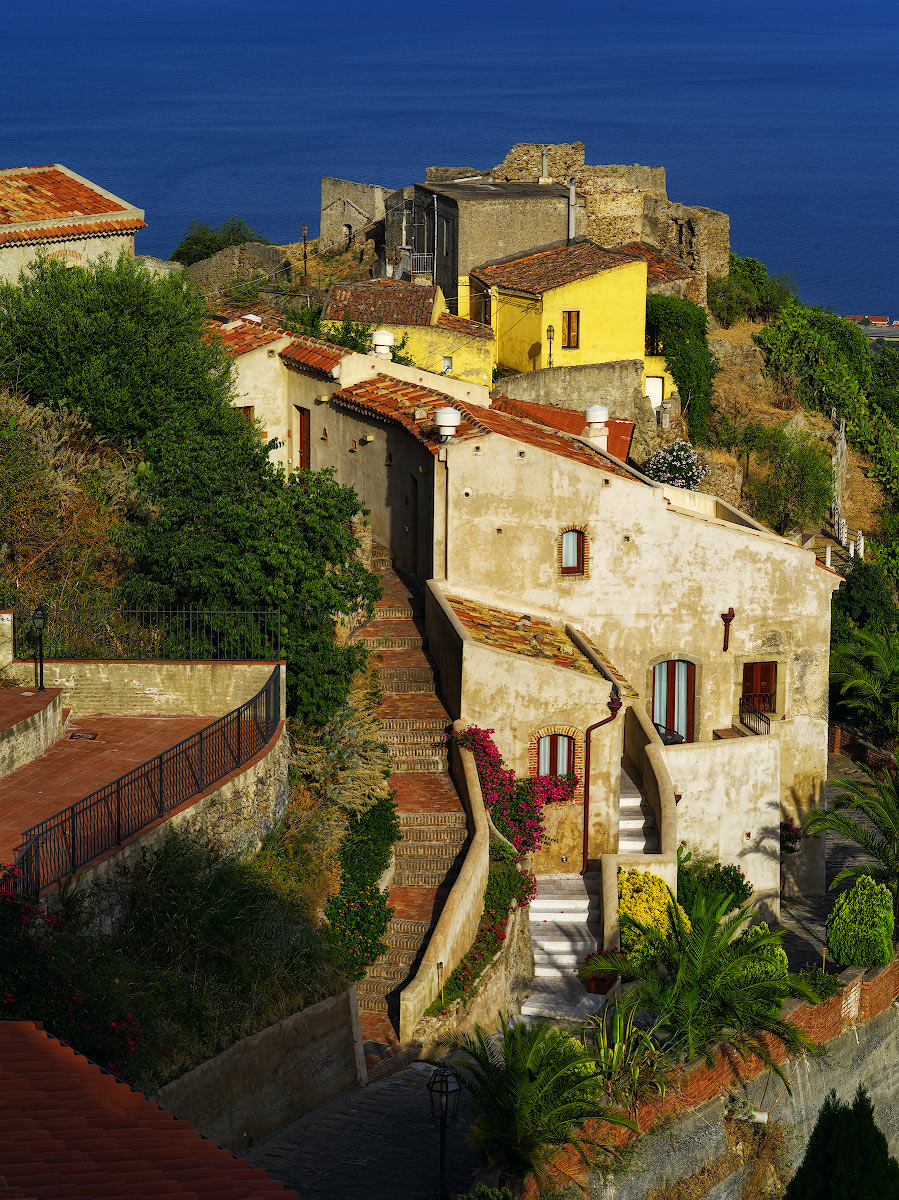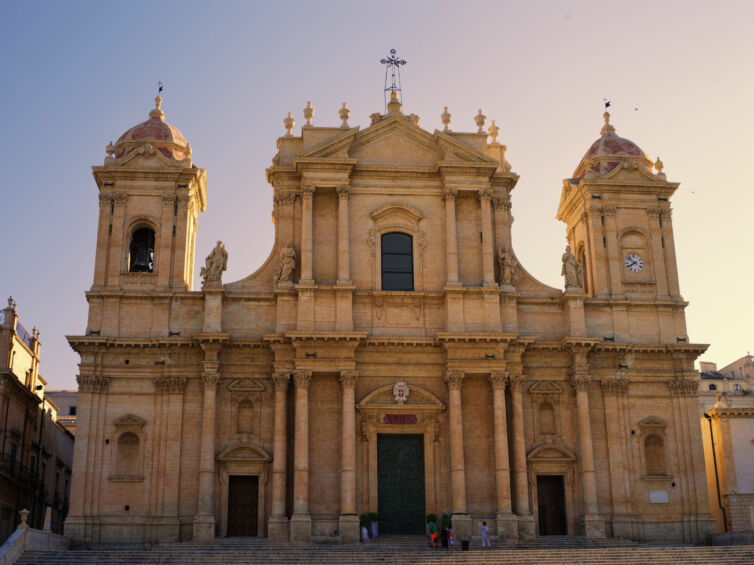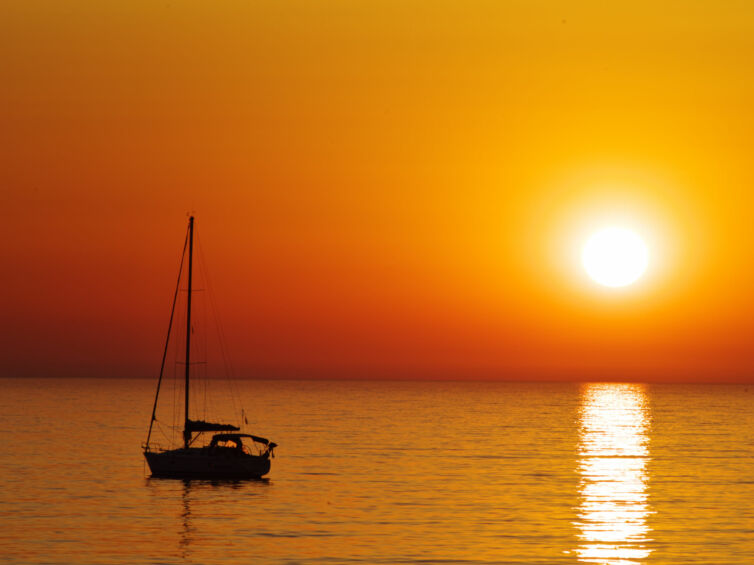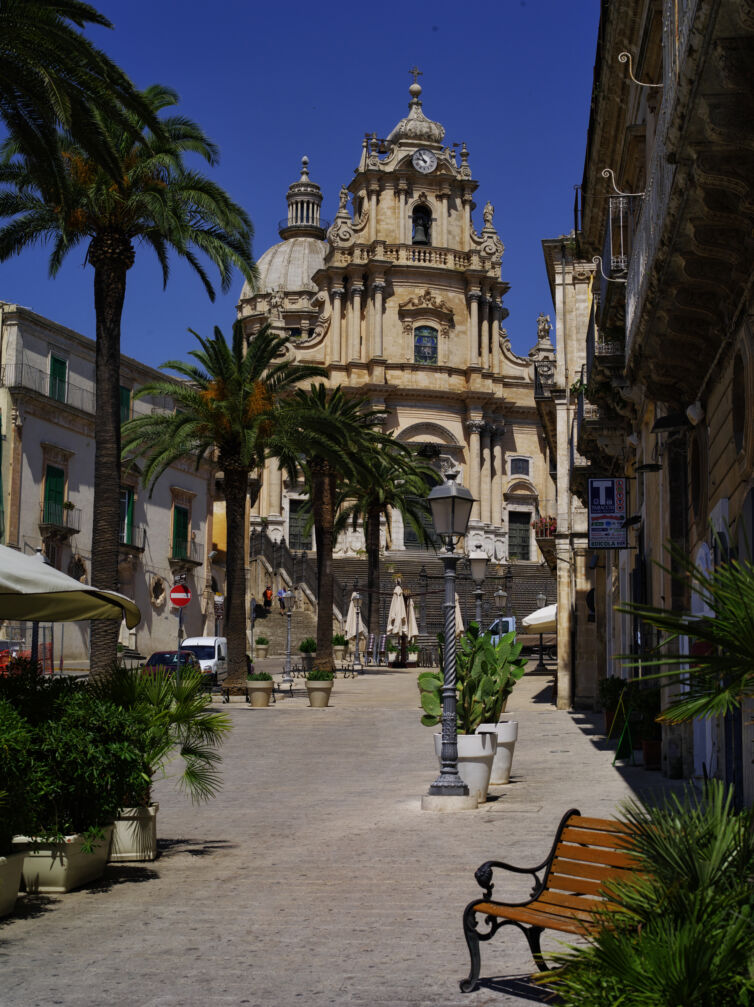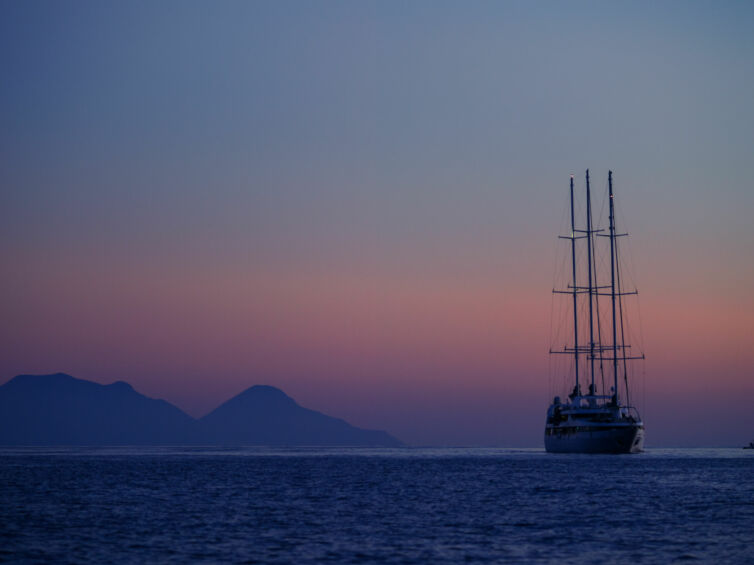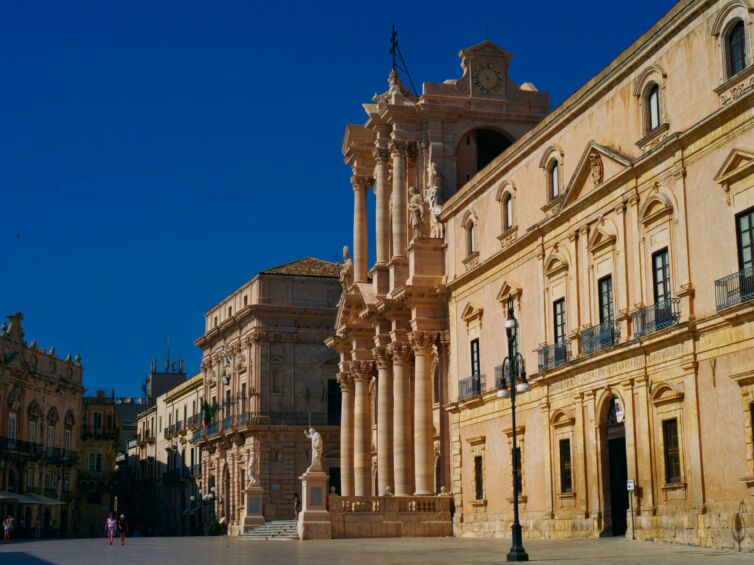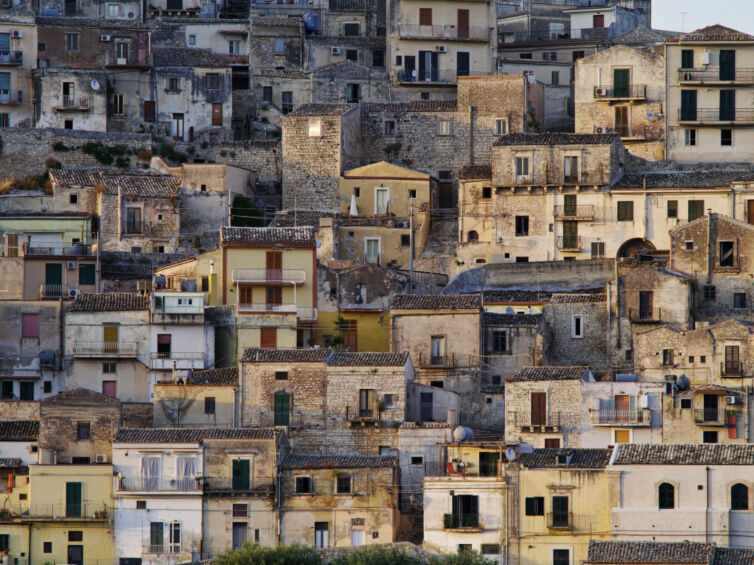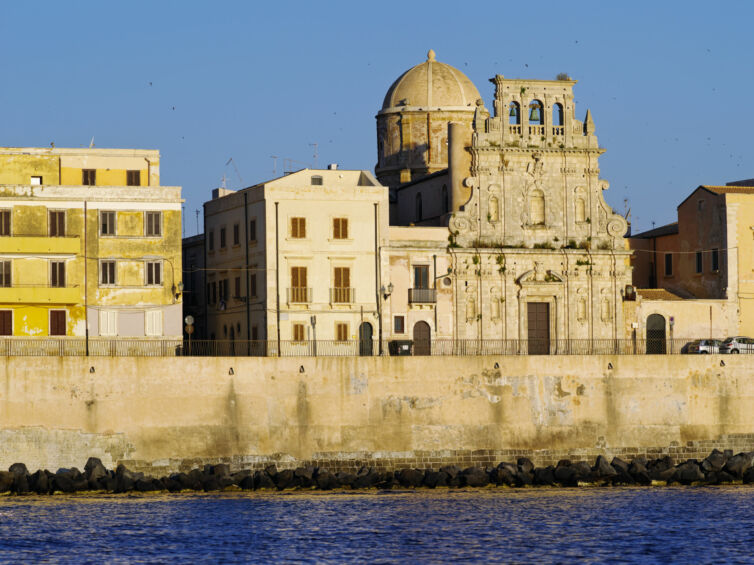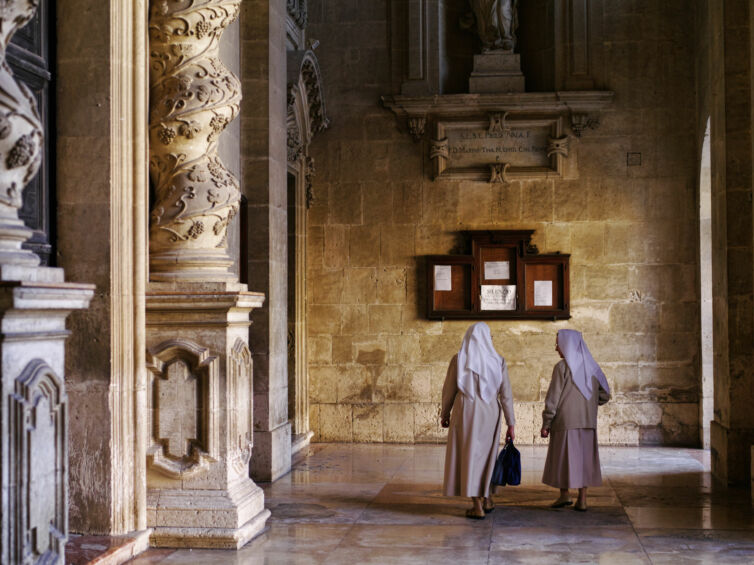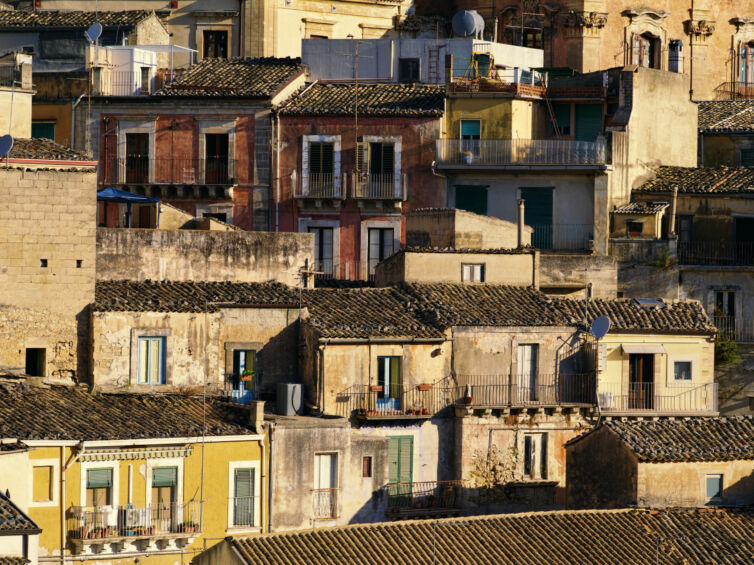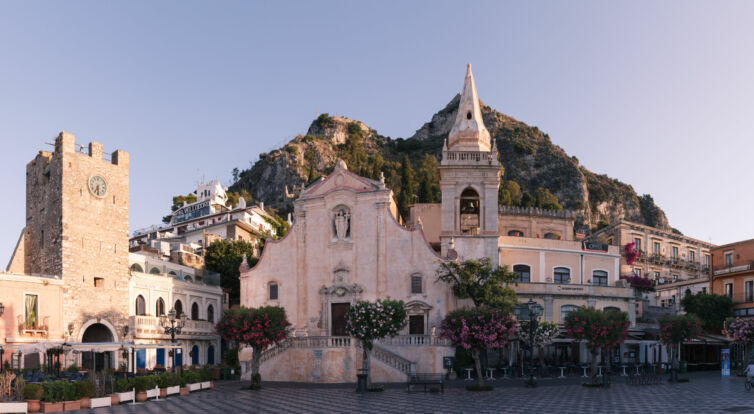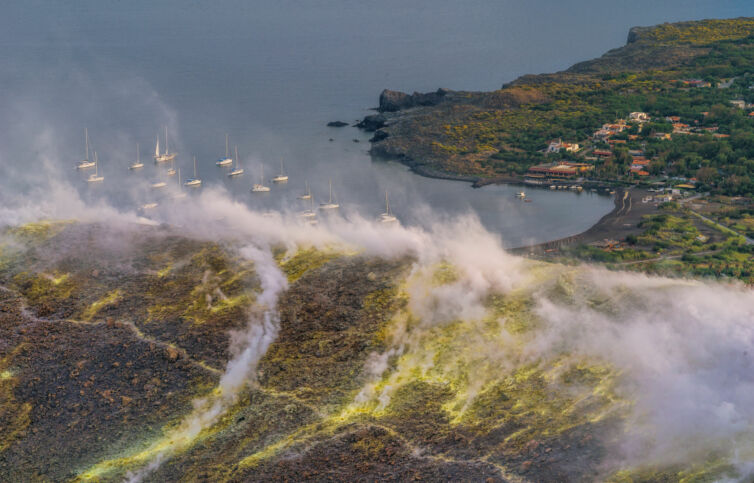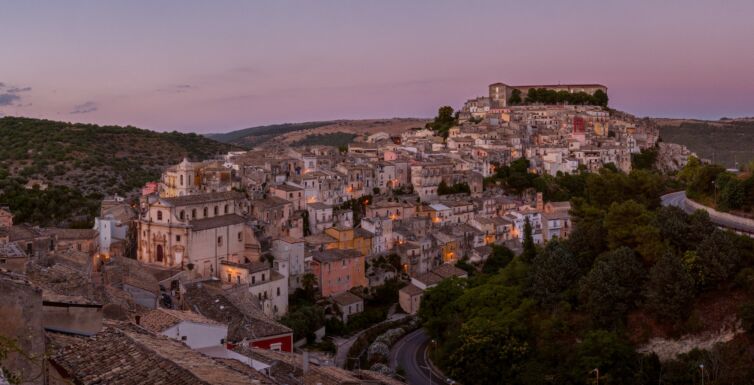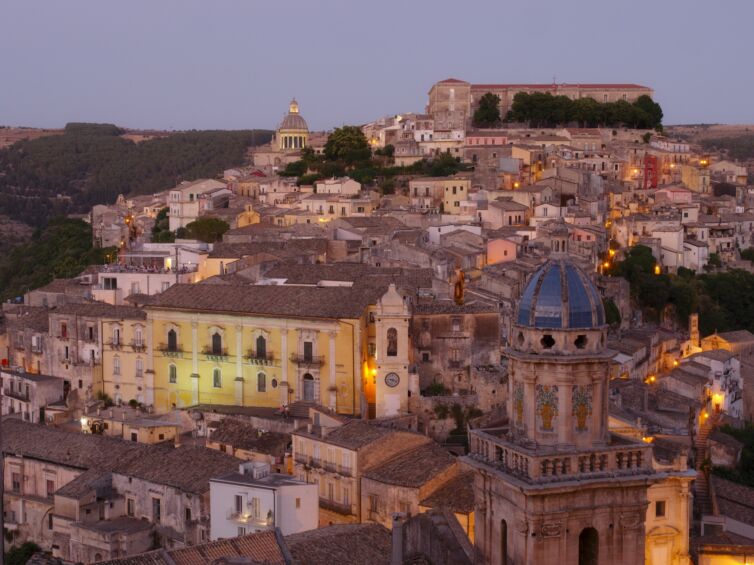Tour Plan
We meet you at Catania airport and go to Portorosa marine. We settle onto the yacht or catamaran and leave for Vulcano island, the closest in the chain of the Aeolian Islands.
The Aeolian Islands are one the Mediterranean’s natural wonders, and best seen as sea. This breath-taking archipelago lies 20-50 miles off the north-east coast of Italy and consists of seven volcanic islands. Although there is talk of the volcanoes being so bright in ancient times that they were utilised by ancient seafarers for navigation – think the classic Greek writing of Virgil’s Aeneid for example – their glow is just as bright now and just as interesting in modern times.
We photograph the sunrise in the Caldera of an old volcano surrounded by smoking fumaroles. After a beautiful ascent we will enjoy scenic views of the island waking up in the first rays of the sun. The hike to Gran Cratere is short and not too demanding, but wearing and carrying the proper gear is always recommended.
Vulcano is famous for the mud baths and to be fair we don’t want to miss them. They are said to have incredibly beneficial properties – for example they cure asthma, which I suffer from. It is only €3 to get in, but the sulphur smell is overpowering. Be prepared for that. Then we relax and explore the island.
On this day of our photography workshop we go to Salina island. We will enjoy sightseeing tours of the town, walks at dawn, the world’s best Italian cappuccino, and fine restaurants with the freshest seafood. On this rich island we will experience what the Italians call Dolce Vita.
Then we leave for Panarea island. It seems to be similar yet it is quite different. There are lovely Italian streets, beautiful houses reviving in the first rays of the sun, smiling Italians, and the most delicious wine and food in the world. We will taste the wine and visit a local SPA to gain energy for the main ascent of our photography tour.
We sail to Stromboli, a volcano island and the jewel of our photo tour. Books have been written about it including Jules Verne and his “Journey to the center of the Earth.”
The island is a single 900 m high volcano, with an area of only 12.6 square kilometres. The volcano is constantly active, and spews lava and rocks down one side of the island. The result is that there are two towns on the parts of the island that are unaffected by the lava flow; Stromboli (the main town) and the smaller Ginostra. The island is strikingly beautiful and unique. It is a near-symmetrical triangular shape, and the constant volcano activity means that it often emits a stream of smoke from its craters. At night, you can often see explosions of lava from the observatory that is a 10 minute walk out of town.
We spend the whole day on the island, and in the evening, we set off for an unforgettable adventure. This continuously active volcano is one of the few in the world where a visitor can see an eruption “up close and personal,” yet in relative safety — most of the time. Under the care of an experienced local guide, we will climb to the height of 1000 meters. We will stand on the top, from where we will see splashes of boiling lava from the erupting volcano 200 meters below us, with the view of the sun going down into the sea. We will descend carefully in the dark. Perhaps, this day will become one of the most exciting and emotional in your life.
We sail to Filicudi. It is a very small, authentic and most non-touristic island among the Aeolian chain. As usual, we will enjoy the sea, romantic atmosphere, sails, island exploration, and full immersion into the life of southern Italy. With a population of only three hundred, Filicudi is among the least touristic islands in Italy. Everything is delivered from Sicily every day, with the exception of a small store that sells fruits, cheeses and bread in the port. Among the prettiest and least developed of the Aeolian Islands, Filicudi is also one of the oldest, dating back to tectonic activity 700,000 years ago. Shaped like a snail when seen from some angles, the island entices visitors with its rugged coastline lapped by crystal clear waters and pitted by deep grottoes.
We go back to Portorosa marine. We spend the night on the boat. If we come back to Portorosa before the sunset, we will go to a small but very beautiful town of Cefalu. Anchored between salty water and craggy rock sits the charming small town of Cefalù. An ancient fishing port at heart, in relatively recent years it has become the beachside break of choice for those seeking sun and sand along the Tyrrhenian coast of Sicily.
We return to the yacht and move to the South-East of Sicily into our base house for further exploration of Sicily. We will have lunch in Marzamemi, an old fishing village which is the center of tuna fishing. Here is, perhaps, the best seafood cuisine in all of Sicily.
We will meet the sunset in the beautiful baroque town of Noto. Noto is the apotheosis of late Baroque town planning and architecture. Completely destroyed by the terrible 1693 earthquake, it was rebuilt from scratch on a new site, about 10km from the old centre. Under the supervision of the Duke of Camastra, the Spanish Viceroy’s right-hand man, three architects, Labisi, Sinatra and Gagliardi, set to work, intent on creating a new town based firmly on Baroque ideals. The plan was to create a linear, perfectly proportioned urban centre whose parallel lines would provide myriad panoramas. The town was divided into three parts by three roads running from east to west, thus ensuring the constant attention of the sun. At the top lived the nobility, in the middle the clergy, and at the bottom, hoi polloi.
The principal building material used was local compacted limestone, a substance that seemingly absorbs the sun’s aureate rays and transforms them into a soft golden-honeyed glow. The effect at sunset is quite something.
We will enjoy the dawn in ancient Syracuse, then we will have a walk around the city, go to the old fish market in Ortigia, and visit the Duomo. Then we go to Taormina, one of the most beautiful towns in Sicily located on the top of the mountain with the best view of Etna, in particular, from the steps of the ancient amphitheater. We will walk along its flower streets and move to the village of Savoka, which is famous for filming all Italian scenes of Coppola’s “The Godfather” film. A tour of the town and visit to the temple where Michael Corleone married will be followed by a dining siesta. We will meet the sunset in Ragusa, another pearl of the Sicilian Baroque.
Gallery
Tips
Sicily will not leave you indifferent. As Dante said, it is the quintessence of the entire Italy. Sicily is beautiful, diverse, a little provincial, very kind and hospitable. Since the sea is already warm enough, we will sunbathe and swim a lot during this photography tour. For your comfort we will rent large yachts which are at least 55 feet or bigger. Our guide is an experienced skipper, who has been sailing for 7 years and has done over 30 independent trips. Also, if you would like, our skipper will gladly teach you how to set sails and steer the yacht.
Food
Gastronomic pleasures are guaranteed. We will taste the best canolli, ricotta desserts, and arrancini rice balls in the world, which are prepared only here. The most delicious and expensive shrimps are also caught in Sicily. And generally, you can hardly find another place which can offer such a variety of seafood. We explore this beautiful land from different angles and take with us the incredible experiences not only in photos but also in our hearts!
Tour Price
Accommodation and logistics
Photo workshops
Air tickets
Food


